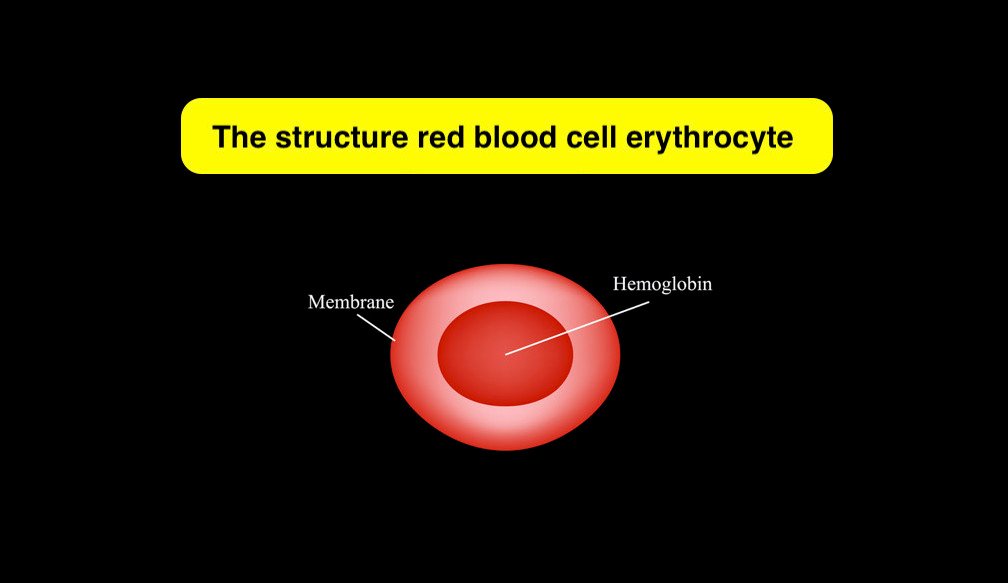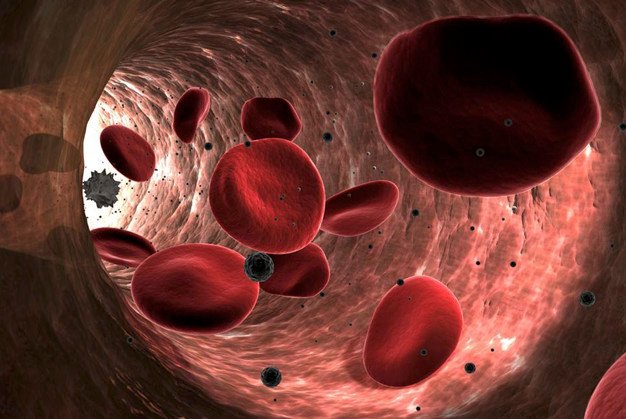What Are Red Blood Cells And What Is Their Function?
Blood is regarded as connective tissue because it consists of a non-living fluid in which living cells are present. It has three main functions, namely transportation, regulation and protection.
Cells in the blood are of 3 Structure types: red blood cells (erythrocytes), white blood cells (leukocytes) and platelets (thrombocytes). These make up 45% of our blood volume, the rest of the 55% is composed of plasma.
Difference between prokaryotic cells vs eukaryotic cells
Structure of Red Blood Cells:
Red blood cells or scientifically known as erythrocytes are the most plentiful cell type in the human body of size 7-8 µm in diameter. Both sides of the cell’s surface are curved inward, giving them biconcave shape. Red blood cells are also crucial in determining human blood type by detecting the presence or absence of specific identifiers on the surface of red blood cells. RBC originate from stem cells present in the red bone marrow by a process called erythropoiesis.
Furthermore, they are anucleate cells, which means they do not have a nucleus. This extra space allows them to accumulate an enormous amount of protein called hemoglobin in their cell composition. Hemoglobin mostly comprises of iron, which, when combined with oxygen, gives blood its red color. The iron plays the central role in binding gasses. The survival rate of RBC is between 100 to 120 days. These cells circulate on average for about four months.

Function of Red Blood Cells.
- The primary function of RBC is Gas exchange, through a process called respiration by which organisms exchange gases (oxygen and carbon dioxide) between their body cells and the environment.
- Blood also helps us in maintaining internal homeostasis by regulating the pH of our internal body.
- It also monitors the temperature as well as how much water is in our bodies at a given time.
- In lung capillaries, haemoglobin binds the inhaled oxygen, forming oxyhemoglobin, which then travels through the arteries until they reach tissue capillaries.
- In tissue capillaries, the oxygen is released from haemoglobin and diffuses into the tissues.
- Simultaneously, the carbon dioxide from the tissues binds to haemoglobin, forming deoxyhemoglobin. This substance gives RBCs, and venous blood, a purple, blue colour.
- Carbon dioxide-rich erythrocytes then travel via venous blood towards the heart, and then to the lungs.
- Within lung capillaries, the carbon dioxide from haemoglobin then undergoes through a process of exchange for a new dose of oxygen.
Get Free “Winspire Digital Worksheets of worth Rs. 129 Value”
Please enter your details to get the monthly E – Booklet + absolutely premium content to expand your horizons.



